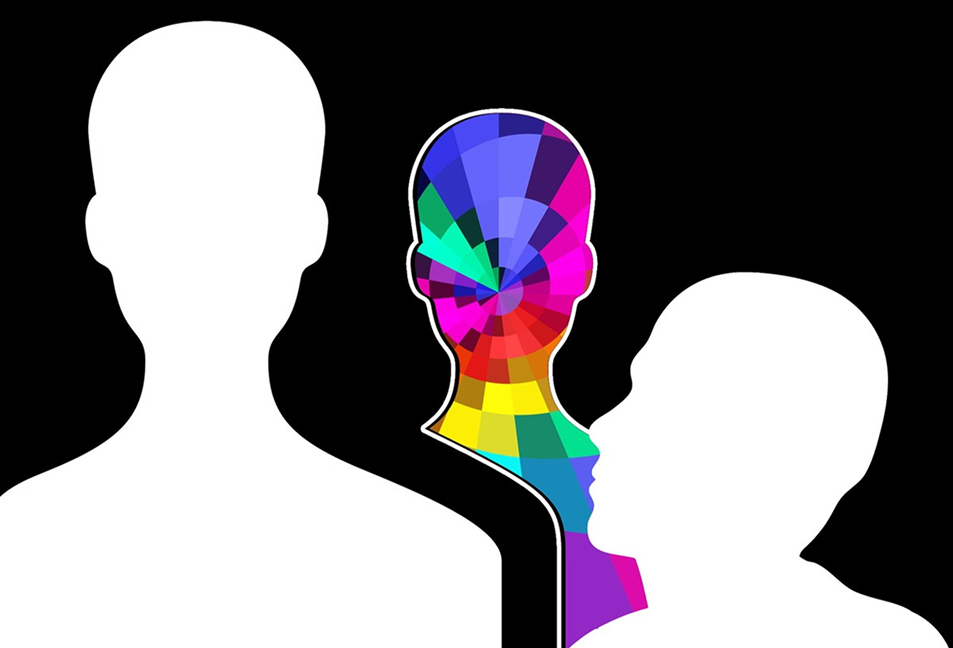Perception psychology in the United Kingdom is evolving rapidly as theoretical innovation, new methods and applied demand converge. Researchers across universities, NHS-linked centres and private labs are reframing classical questions—how we see, hear, feel and make sense of the world—through integrative, computational and socially aware lenses. The result is a research landscape that stresses predictive processing, multisensory integration, embodied and ecological approaches, real-world measurement, and ethical application in technologies such as virtual reality and AI.
Predictive processing as a unifying framework
One dominant theoretical trend is predictive processing: perception is viewed not as passive reception of sensory data but as active inference, where the brain constantly predicts incoming input and updates internal models to minimise prediction error. UK groups are exploring how predictive models explain classic illusions, the speed of perceptual learning, and individual differences in susceptibility to sensory ambiguity. Clinically, predictive frameworks are reshaping understanding of conditions such as autism and psychosis, where altered priors or precision-weighting may produce atypical perceptual experiences.
Multisensory integration and temporal dynamics
Perception in natural contexts is inherently multisensory. Contemporary UK work emphasises how information from vision, audition, touch, proprioception and interoception is fused over time and space. Advances include precise mapping of temporal windows for integration, the role of attention in weighting modalities, and how cross-modal predictions (for example, hearing-driven visual expectations) accelerate interpretation. This research informs design principles in assistive devices, classroom learning, and immersive media.
Embodied and ecological approaches
There is renewed attention to embodied perception—the idea that sensory experience is shaped by the body’s actions and affordances. Studies in the UK examine how posture, motor intention and tool use change perceptual thresholds and spatial representations. The ecological turn pushes laboratories to study perception in richer, behaviourally relevant contexts (naturalistic scenes, active navigation) rather than overly simplified stimuli. This shift improves external validity and uncovers perceptual mechanisms engaged only during real-world tasks.
Computational modelling and machine learning
Computational approaches now permeate perceptual studies. Bayesian models, deep learning and generative frameworks are used both to formalise theories and to analyse complex datasets (eye-tracking, neural recordings, behavioural time-series). UK teams often combine interpretable models with machine learning to characterise how perceptual systems generalise across contexts and how artificial systems can emulate human-like perception. This two-way exchange refines cognitive theory and advances applied systems for robotics and human–computer interaction.
Neuroimaging and network neuroscience
Functional MRI, magnetoencephalography (MEG) and high-density EEG are increasingly used in combination with advanced analysis—dynamic connectivity, multivariate pattern analysis and representational similarity methods—to reveal how perceptual representations evolve in time and across brain networks. UK centres are notable for integrating large-scale population imaging with detailed experimental paradigms, linking individual variability in perception to neuroanatomical and functional markers.
Perception across the lifespan and sensory decline
Ageing, developmental trajectories and sensory loss are high-priority topics. Research tracks how multisensory compensation occurs in older adults, how early sensory experience constrains later perception, and which training regimes can preserve or restore function. Studies of hearing loss, vision impairment and sensory substitution technologies (e.g., tactile displays conveying visual information) are especially applied, reflecting both academic interest and NHS-aligned translational goals.
Virtual, augmented reality and applied perception
VR/AR technologies have opened experimental and applied avenues. UK labs use immersive environments to probe spatial perception, motion perception, and the construction of presence and agency. Applied work spans rehabilitation (using VR to retrain perceptual–motor coordination), training (simulated environments for doctors or pilots) and user-experience design (reducing simulator sickness by aligning sensory cues). Importantly, the UK emphasis often combines basic questions with pathways toward clinical or educational deployment.

